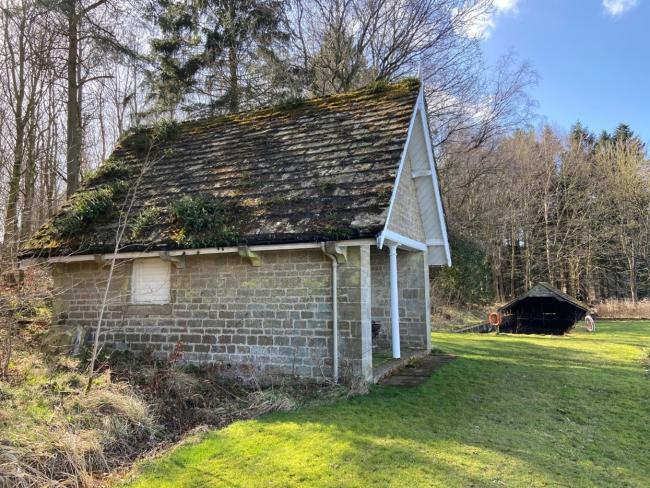The Gardens Trust has seen a rise in planning consultations for glamping sites following the increased popularity of ‘staycations’. Examples are recent applications to install shepherd’s huts at Chillington and Godwick Hall, convert a boathouse at Capheaton (above), and add safari-style tents at Chavenage House.
In our responses to these consultations we have highlighted how they provide an opportunity for estates to recoup some losses from the closures due to Covid-19. We do not wish to prevent the diversification of estate activities, such as the recent trend for glamping. This was a point we made in our response to the Chavenage House application. In the case of the Capheaton boathouse, we noted that the proposal would provide a use for an under-utilised Edwardian building, whilst being separate from the hall and minimising changes to lakeside elevations.
Glamping consultations help protect historic landscapes
However, it has also been vital to stress the importance of restoring parkland to its previous condition once the glamping structures have been removed. Minimising future damage to our registered parks and gardens is an essential aim of our responses. We encourage further consultation if glamping sites are being relocated to help us safeguard historic landscapes like these.
Capheaton Hall in Northumberland dates from 1668, and has a mid to late 18th century park and designed landscape incorporating features from the formal 17th century layout. It is registered at Grade II.
Chavenage House is an Elizabethan manor house in Gloucestershire with a garden, shrubberies and landscape park, probably of the early 19th century, which are registered at Grade II.
Chillington Hall in Staffordshire has a park landscaped by Lancelot ‘Capability’ Brown around 1760 and is registered at Grade II*
Godwick Hall is in Norfolk and is on the site of a deserted village, with a Grade II listed barn



